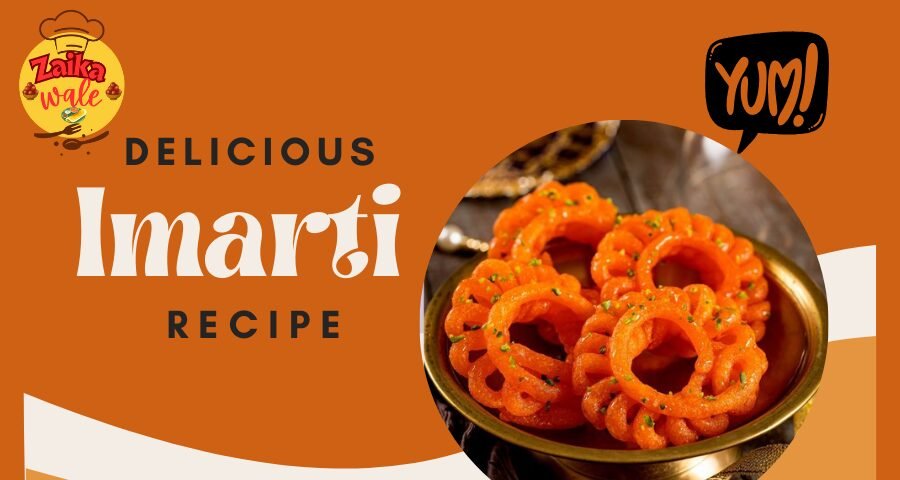Table of Contents
ToggleAbout the Dish
Imarti (also called Emarti in some places) is the one treat that brings back memories of family traditions, ceremonies, and genuine satvik offerings right away. This sweet dish is specially made for Shraddh for our Purvaj Shraddh rites. This treat isn’t only about the flavor; it’s also about feelings, culture and honoring traditions that have been passed down through the years.
Imarti has its own spirit unlike conventional jalebi, which is created with Urad Dal. It has a peculiar earthy taste and a soft but crunchy texture that makes it stand out. It feels like an art form to soak, grind and gently shape it into those gorgeous flower rings. The smell of frying in pure ghee alone fills the home with festive sensations, telling us that this is no ordinary sweet; it’s something unique made for occasions of respect.
Imarti is given to ancestors as prasad in many homes notably during Shraddh and Pind Daan. People think that the vivid orange color stands for purity, dedication, and wealth. It is a great choice for such holy occasions because it tastes great is good for you and is made in ghee in a satvik way. Sharing Imarti with family and praying over it is a way to remember those who came before us and feel deeply connected to them.
Ingredients You’ll Need
For the Batter
- 1 cup of urad dal, which is black gram that has been split and has no skin
- 1 tbsp rice flour (optional; makes it crispier)
- A little bit of red or orange food color
- 2 to 3 tablespoons of water (just enough to grind)
For the Sugar Syrup
- 2 cups of sugar
- 1 cup of water
- 3 to 4 green cardamoms, lightly crushed
- A few strands of saffron (optional)
- ½ tsp of rose water or kewra water (optional)
For Frying
- For frying use Pure Ghee because mostly used for Shraddh rites and ghee will give the best taste
How to Make Imarti – Step by Step
Step 1 – Soak the Dal
The first step is to wash the urad dal well. After cleaning, soak it in water for at least 5–6 hours. Soaking the dal overnight is the finest way to get ready for Imarti in the morning. This step is vital because it makes the dal softer and simpler to ground.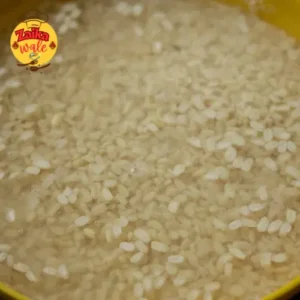
Step 2 – Make the Batter
Take the soaked dal out of the water and put it in a grinder. Add a little bit of water and grind until the paste is smooth, thick, and fluffy. The batter should be light and fluffy, not runny. To do this, beat it well with your palm or a spoon. This makes it lighter and helps the Imartis puff up attractively when you fry it. For that vibrant orange color, add a little bit of food color.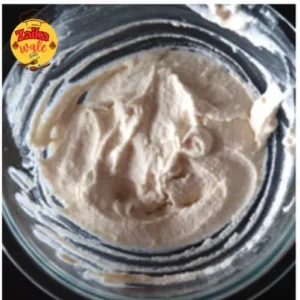
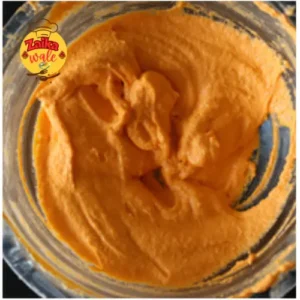
Step 3 – Prepare the Sugar Syrup
Take the soaked dal out of the water and put it in a grinder. Add a little bit of water and grind until the paste is smooth, thick, and fluffy. The batter should be light and fluffy, not runny. To do this, beat it well with your palm or a spoon. This makes it lighter and helps the Imartis puff up attractively when you fry it. For that vibrant orange color, add a little bit of food color.
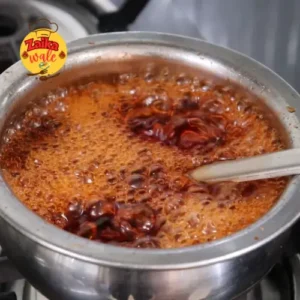
Step 4 – Shape & Fry
Now comes the fun phase, which is also a little artistic. Put pure ghee in a kadhai with a broad, flat bottom and heat it. Put the batter in a piping bag or a towel with a small hole at the end. Piping the batter into heated ghee in a gentle way will make circular rings with small loops around them, like a flower. Slowly fry the Imartis over medium heat so they cook evenly, getting crispy on the outside and tender on the inside.
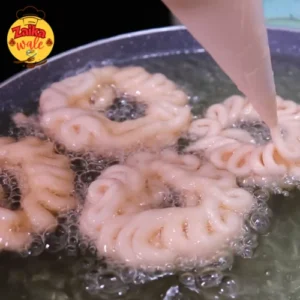
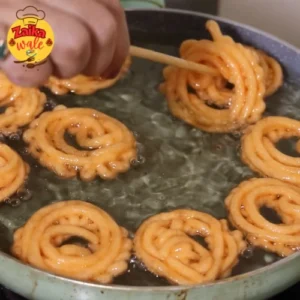
Step 5 – Soak in Syrup
Take the hot Imartis out of the ghee and dip them right into the warm sugar syrup after frying them until they are golden orange. Before moving them to a platter, let them sit for a minute or two so they can absorb up all that sweetness.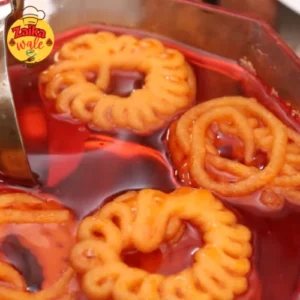
Tips for Perfect Imarti
- The batter should be thick, not runny, otherwise the shapes won’t stay.
- Use a medium flame to fry so that the inside cooks all the way through.
- When dipping, the sugar syrup should always be warm, but never boiling.
- For a real taste and Shraddh rites, use genuine ghee.
Why Imarti on Shraddh?
Hindus believe that Imarti is a satvik mithai because it is cooked with urad dal and ghee, which are both sacred foods. The gorgeous golden-orange color stands for wealth and purity. People think that giving it during Shraddh will bring serenity and blessings from their ancestors.

